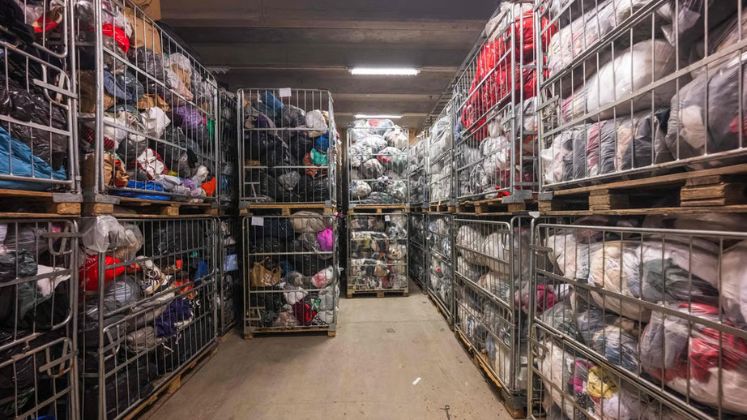
Sweden has informed that, from 1st October, specific second-hand clothing articles—like used clothes, soiled fabrics, and ripped socks—can be disposed of together with normal household trash. The decision is an attempt at tackling increasing pressure on recycling facilities due to a new EU directive requiring individual textile collection among member states.
The European Union has launched an initiative, presented this year, for bringing textiles into the ambit of compulsory recycling—along with glass, paper, and waste food. After collection, textiles are generally sorted for reuse or reprocessed into materials such as insulation, padding, or composite.
Yet, recycling facilities in the EU, including Sweden, have been unable to keep up with the sudden increase in cloth waste. Sweden’s government admitted that the amount of waste textiles has increased exponentially since the beginning of the year, in addition to the cost of sorting the waste.
The issue is not exclusive to Sweden. Swedish charity Humana Sverige observed that soiled garments are usually dispatched to the sortation facilities in other parts of Europe but, in turn, are also severely strained, indicating the general effect of the new EU policy on the textile recycling industry.
Environment Minister Romina Pourmokhtari said the updated guidelines now specify what needs to be sorted aside and what can be deposited straight into the bin. The goal is to relieve stress on a clogged system without sacrificing sustainability targets.
Humana Sverige, which oversees secondhand clothing collection, informed AFP that it has experienced a dramatic increase in cloth donations. With the increasing amount, the organisation is closing down almost half of its drop-off points—600 of 1,300 collection sites—throughout Sweden.






